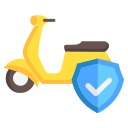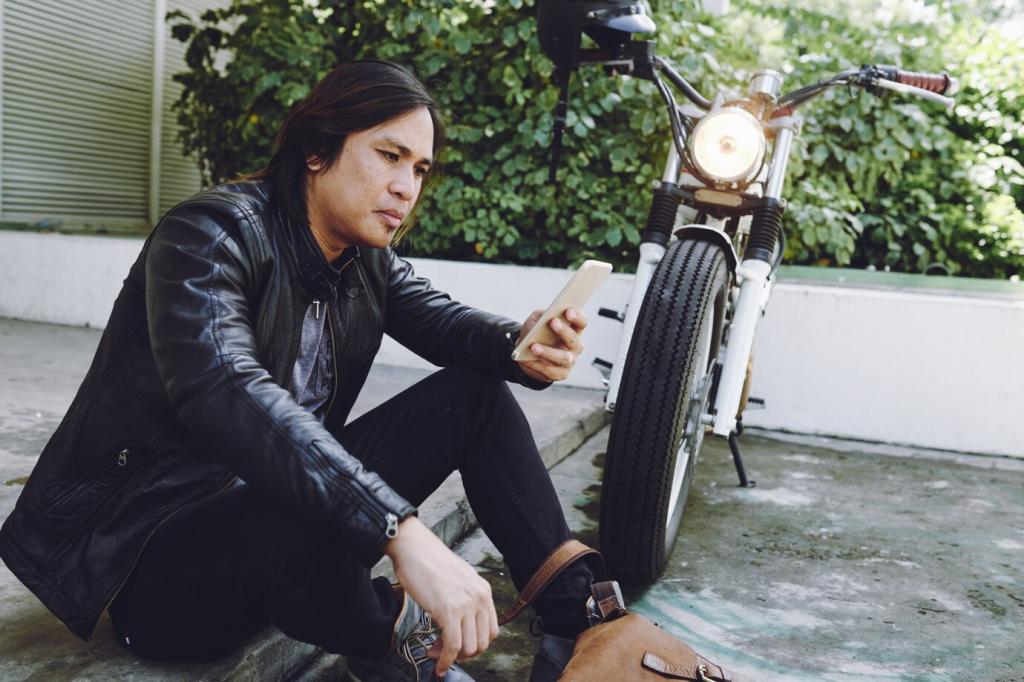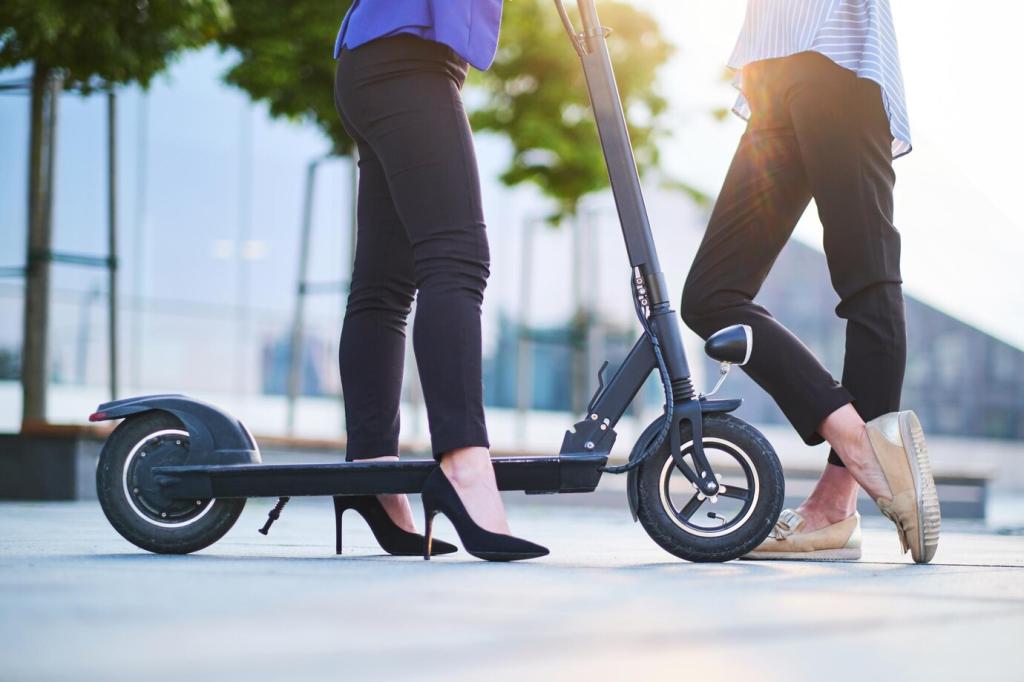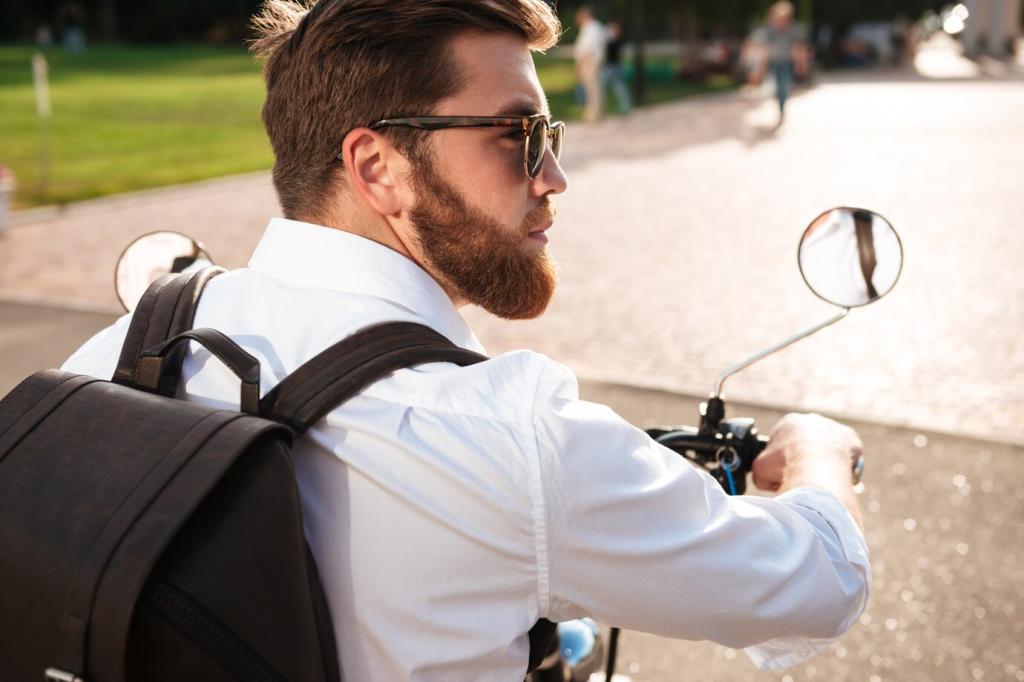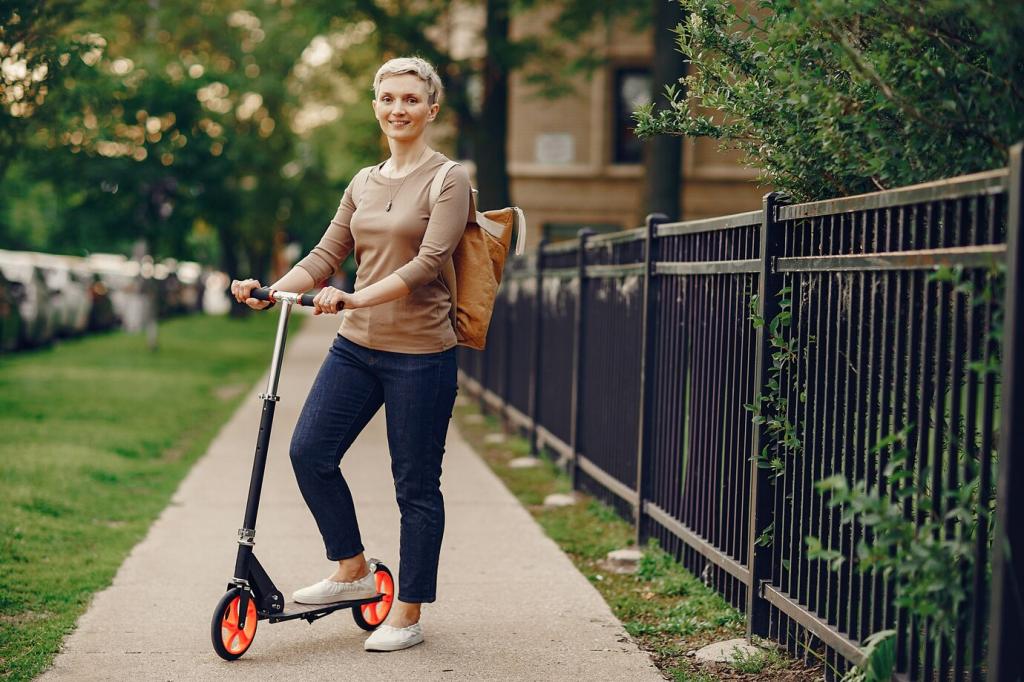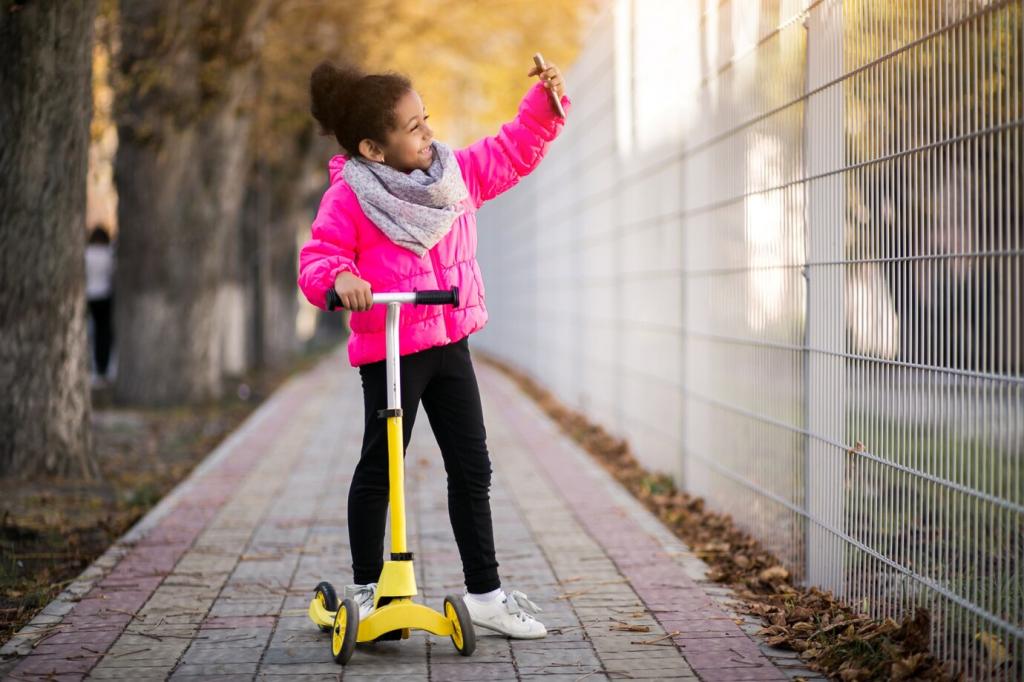The Landscape of E‑Scooter Fines Today
Common fines target speeding, sidewalk riding where banned, blocking access ramps, riding double, and ignoring traffic signals. Amounts vary widely: some towns start at small administrative fees, while large cities can charge triple for repeat offenses. Drop your city’s range so travelers don’t get surprised.
The Landscape of E‑Scooter Fines Today
Most violations are civil or administrative tickets, but crossing certain lines can trigger misdemeanor charges, especially when injuries, intoxication, or hit‑and‑run behavior are involved. Understanding the difference helps you gauge the stakes and decide whether to contest, settle, or seek legal advice.
